Understanding the Benefits of an Air Conditioning Box for Energy Efficiency
In today's world, energy efficiency has become a crucial topic, particularly in the realm of home comfort solutions. With the increasing importance of sustainable living and cost-effective systems, one innovative product has gained significant attention: the air conditioning box. According to Dr. Emily Hargrove, a leading expert in HVAC technology,
"An air conditioning box not only optimizes cooling efficiency but also serves as a pivotal element in reducing overall energy consumption."This transformative device encapsulates advanced design features that enhance the performance of traditional air conditioning units, thereby maximizing energy savings.
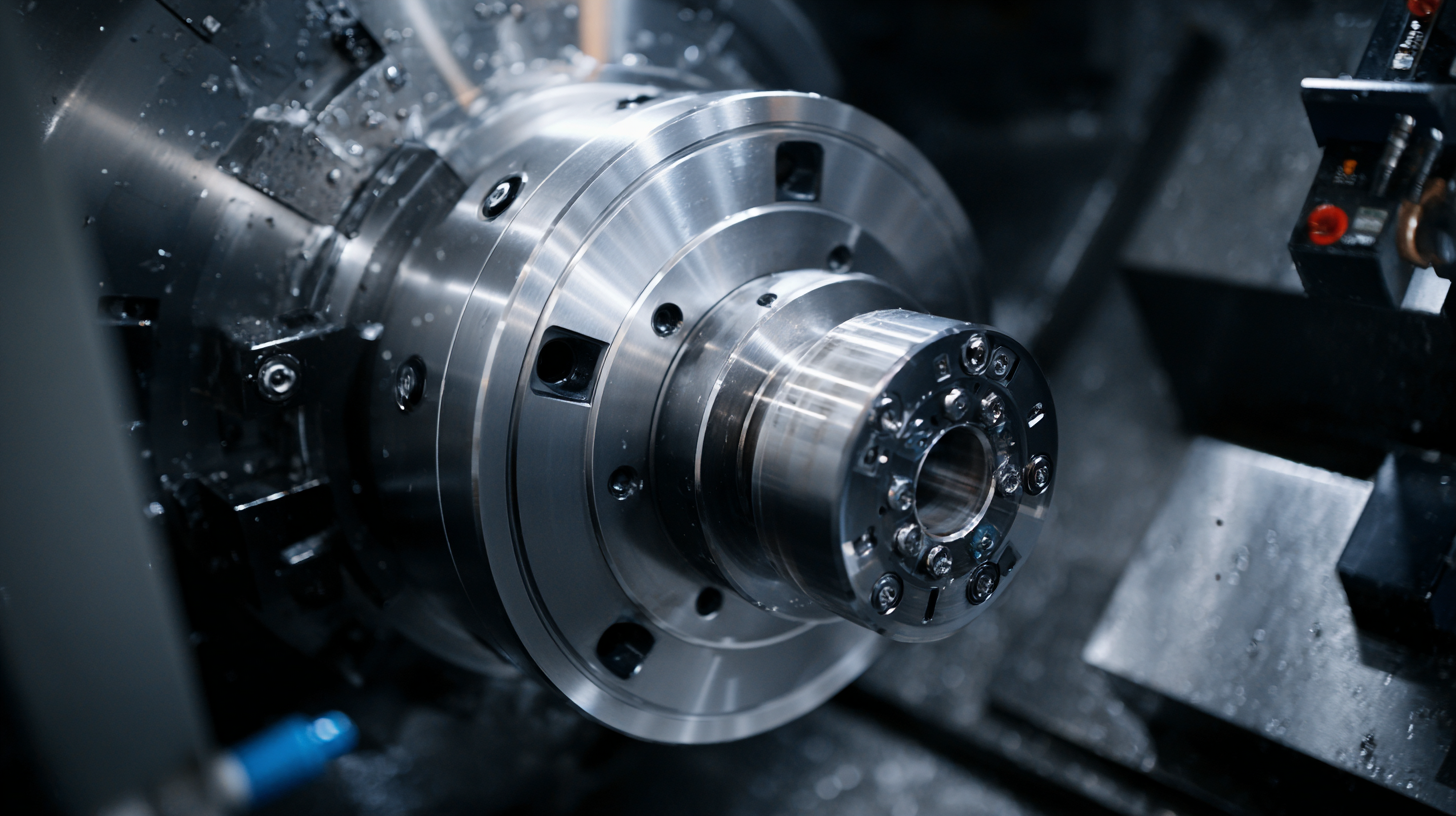
The benefits of utilizing an air conditioning box extend beyond mere efficiency; they contribute to a healthier indoor environment and long-term financial savings. As homeowners seek ways to lower their utility bills and their carbon footprints, the air conditioning box presents an effective solution.
In this article, we will explore the top five advantages of integrating this technology into your HVAC system, shedding light on how it can redefine your approach to cooling your home while also promoting energy efficiency. By understanding the multifaceted benefits of the air conditioning box, individuals can make informed decisions that align with both their comfort needs and environmental responsibilities.
Benefits of an Air Conditioning Box: Enhancing Energy Efficiency
An air conditioning box is becoming increasingly popular for homeowners looking to enhance energy efficiency in their cooling systems. One of the primary benefits of using an air conditioning box is its ability to reduce energy consumption. By effectively containing and directing the airflow, these boxes help minimize the strain on air conditioning units, leading to lower energy bills. The insulation properties of the box also work to maintain the desired temperature for longer periods, allowing the system to operate more efficiently.
Additionally, an air conditioning box can contribute to improved indoor air quality. With better airflow management, the box can filter out dust and allergens more effectively, ensuring that the air circulated throughout the home is cleaner and healthier. This not only benefits residents with allergies or respiratory issues but also fosters a more comfortable living environment. Furthermore, by optimizing the performance of the air conditioning system, these boxes can extend the lifespan of the equipment, making them a wise investment for energy-conscious homeowners.
How Air Conditioning Boxes Reduce Energy Consumption and Costs
Air conditioning boxes have emerged as an effective solution to enhance energy efficiency in residential and commercial settings. By channeling and optimizing airflow, these devices can significantly reduce energy consumption. According to a report by the U.S. Department of Energy, improving the efficiency of air conditioning systems can lead to energy savings of up to 30%. This reduction not only benefits the environment but also translates into significant cost savings for users, making air conditioning boxes a smart investment.
Implementing an air conditioning box can also help in maintaining a stable indoor temperature, which is crucial in reducing the workload on your HVAC system. A study by the American Society of Heating, Refrigerating and Air-Conditioning Engineers (ASHRAE) indicates that properly managed cooling loads can prevent up to 20% of energy waste. By minimizing spikes in energy usage, homeowners and businesses can enjoy lower utility bills while effectively cooling their spaces.
**Tips:** To maximize the benefits of your air conditioning box, ensure regular maintenance checks to keep the system running efficiently. Additionally, consider integrating smart thermostats that can adjust settings automatically based on occupancy. Lastly, sealing any leaks in your ductwork can further enhance the performance of your air conditioning system, leading to additional savings.
Top Features to Look for in an Energy-Efficient Air Conditioning Box
When searching for an energy-efficient air conditioning box, several key features can greatly enhance overall performance and energy savings. First and foremost, look for a unit with a high Energy Efficiency Ratio (EER) or Seasonal Energy Efficiency Ratio (SEER) rating. A higher rating indicates a more efficient system that uses less energy to cool the same amount of space, translating to lower energy bills and a reduced carbon footprint.
Additionally, consider air conditioning boxes equipped with inverter technology. This feature allows the compressor to adjust its speed based on the cooling demand, ensuring optimal energy use while maintaining a comfortable indoor climate. Similarly, a programmable thermostat can offer significant savings by allowing users to set specific cooling schedules that align with their daily routines. Lastly, ensure that the unit has good insulation and an efficient airflow design, which helps prevent energy loss and improves overall cooling effectiveness. These features not only optimize energy efficiency but also enhance the longevity and reliability of the air conditioning box.
Comparing Traditional AC Systems vs. Air Conditioning Boxes for Efficiency
In the quest for energy efficiency, the comparison between traditional air conditioning systems and air conditioning boxes reveals significant differences. Traditional AC systems often consume substantial amounts of energy due to their design, which relies on a centralized cooling approach. This configuration can lead to energy wastage, as excess cold air is generated even when specific zones are not in use.
 On the other hand, air conditioning boxes offer a more targeted cooling solution, providing localized temperature control and adjustable airflow to meet the specific needs of different spaces. This focus on localized cooling not only optimizes energy use but also enhances overall comfort.
On the other hand, air conditioning boxes offer a more targeted cooling solution, providing localized temperature control and adjustable airflow to meet the specific needs of different spaces. This focus on localized cooling not only optimizes energy use but also enhances overall comfort.
Moreover, air conditioning boxes are often designed with advanced technologies that further increase energy efficiency. For example, some systems utilize variable refrigerant flow (VRF) technology, which allows for precise adjustments in cooling output based on real-time demands. This capability can result in significant reductions in energy consumption compared to traditional methods. As data centers strive to improve their efficiency to meet carbon-neutral goals, transitioning to air conditioning boxes may present a practical solution, supporting both environmental objectives and cost savings for operations.
Long-Term Environmental Benefits of Using Air Conditioning Boxes
Using air conditioning boxes is a strategic move for boosting energy efficiency while also contributing positively to the environment. These boxes are designed to optimize airflow and minimize energy consumption, leading to significant reductions in greenhouse gas emissions.
According to the U.S. Department of Energy, optimizing air conditioning systems can save homeowners around 20%-50% on energy costs annually, which translates into less reliance on fossil fuels and a lower carbon footprint.

In the long run, opting for air conditioning boxes not only translates to financial savings but also promotes sustainable practices, aiding in the fight against climate change.
Related Posts
-
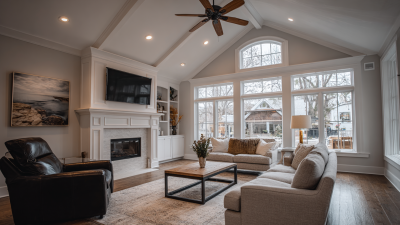
Ultimate Guide to Efficient Air Conditioning Installation for Your Home Comfort
-
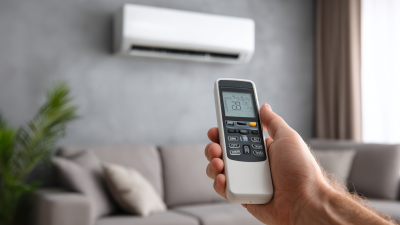
2023 Guide to Air Conditioning Systems: Understanding SEER Ratings and Energy Efficiency for Your Home
-
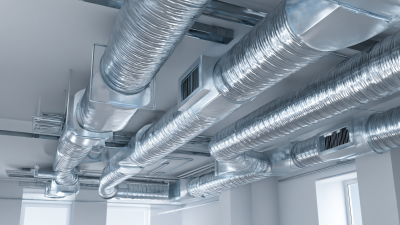
Understanding the Importance of Proper Air Conditioning Duct Installation for Energy Efficiency
-

The Ultimate Guide to Choosing the Right Residential Air Conditioning System for Your Home
-
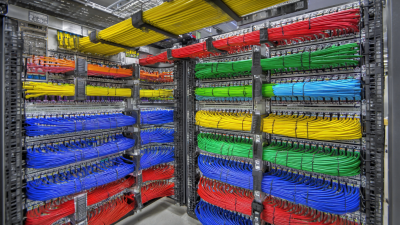
Understanding AC Trunking: A Comprehensive Guide to Efficient Cable Management Solutions
-

Exploring the Future of Air Systems: Innovations in Climate Control and Sustainability